This is the first comprehensive and profusely illustrated book which brings under one cover almost all the existing antiquities of the heritage of the multifaceted Adil Shahi cultural history of Bijapur Kingdom. The Adil Shahi kingdom was one of the five off-shoots of the Bahmani Kingdom (1347-1518). The dynasty and the Kingdom was founded by Yusul Beg, an emigrant from Anatolia (Asia Minor). He belonged to the Aq-Quyunlu (White Sheep) tribe of Diyarbykir. One migration to the Deccan he joined Bahmani service under the minister Khwaja Mahmud Gawan. He was granted title of "Adil Khan". Subsequently he was appointed governor of the Bahmani province of Bijapur in 1481. Dring the distntegration of the Bahmanis, he gradually consolidated the power and became autonomous in 1489. But he was loyal to the Bahmani Sultans and did not declare independence nor assumed royal title. From this Bahmani province of Bijapur, gradually evolved the Bijapur Kingdom under the successive Adil Shahas. They ruled from 895/1489 to 1097/1686 for 202 lunar years till the Kingdom was annexed by the Mughal Emperor Aurangzeb. The Adil Shahs were great patrons of learning, art and architecture. Bijapur became the rendezvous of men of learning and flourished as multi-national and multi-racial city, with people flocking to it from Iran, Turkey, Central Asia, Africa, north India, and other regions of the Deccan. Further, with ideological link between Iran and the Adil Shahs, there was a constant influx of Iranians and they had profound impact on all walks of life and culture. Iran-Bijapur relations were very special. Bijapur became the cradle of cultures and nucleus of composite cultures with the unique architectural monuments of distinct Adil Shahi style which are the existing heritage. During the second half of the seventeenth century, when the kingdom was at its height, it extended from Arabian sea on the west coast to the Bay of Bengal on the east coast. The study of high level of grandeur and sophistication is explored by the author in this very vivid account substantiated by over six hundred photographs, all in multi-colour, except a few. Another unique aspect of the study is the plans of the Adil Shahi palaces, specially surveyed and scientifically prepared by the author for the first time. Also the revised version of the ancient maps of Ark-Qila, Bijapur fort and its environs along with the lists of archaeological sites marked on the maps.This splendid work of 14 chapters in three parts is an outcome of several years research and field work is a broad based study that integrates diverse elements and present a synthesized panoramic survey of the chief constituents of the oriental culture. The author brilliantly treats the historical frame work (Part-I) in chronological order, highlighting the salient aspects of each ruler’s reign with separate chapters on Bijapur’s relations with Iran and the Auropeans. The seven chapters of Part two are devoted to architecture, paintings arms, armour, numismatics, miscellaneous antiquities, calligraphy and epigraphic heritage, archival and literary heritage. Part-III covers the architecture and antiquities of some of the important places of out-laying provinces of the kingdom, e.g.,-Naldrug, Parenda, Mudgal, Raichur, Shahpur, Gogi, Ponda-Belgum, and Lashmeshwar. Large maps of Ark-Qila, Bijapur fort and environs, bibliography and genealogy of the Adil Shahs are appended at the end of the book.
Miniature Paintings of Nizam Ali Khan Asaf Jah II & Others: 18th Century Hyderabad: Based on Tuzuk-i-Asafia of Tajalli Ali Shah
A unique collection of ...
$144.00
$160.00

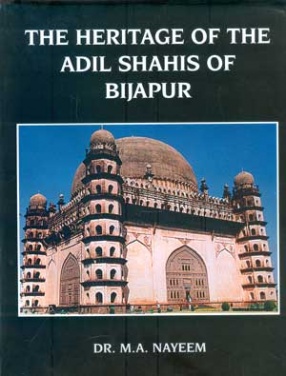
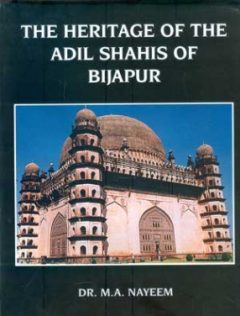
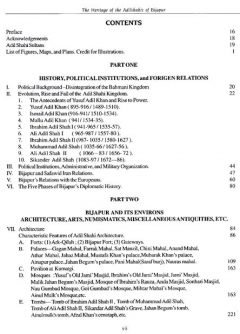
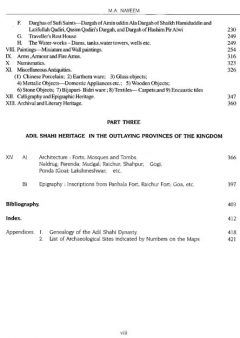
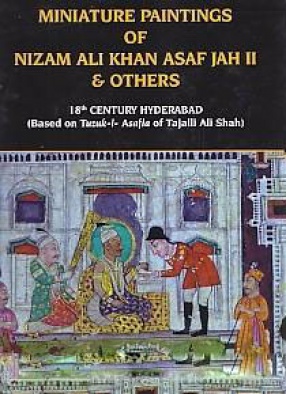
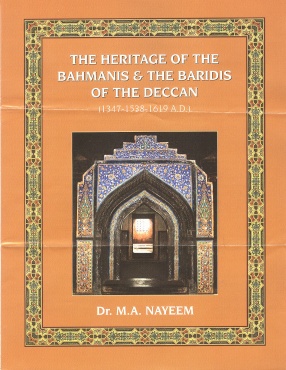
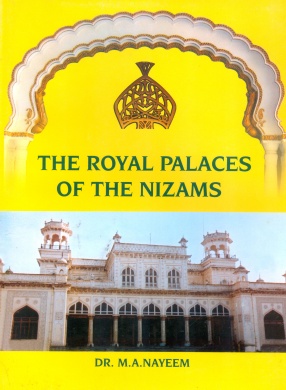
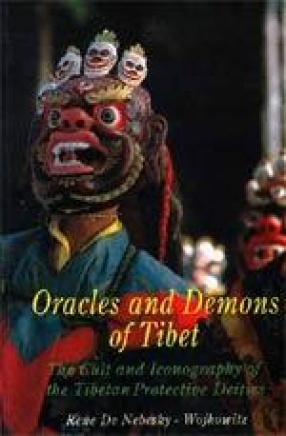
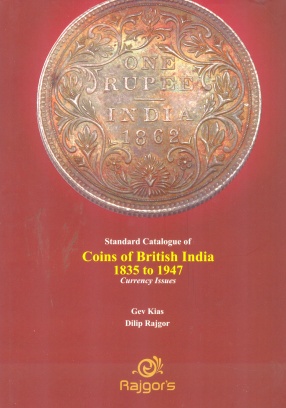
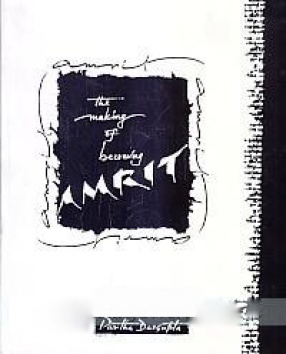
There are no reviews yet.